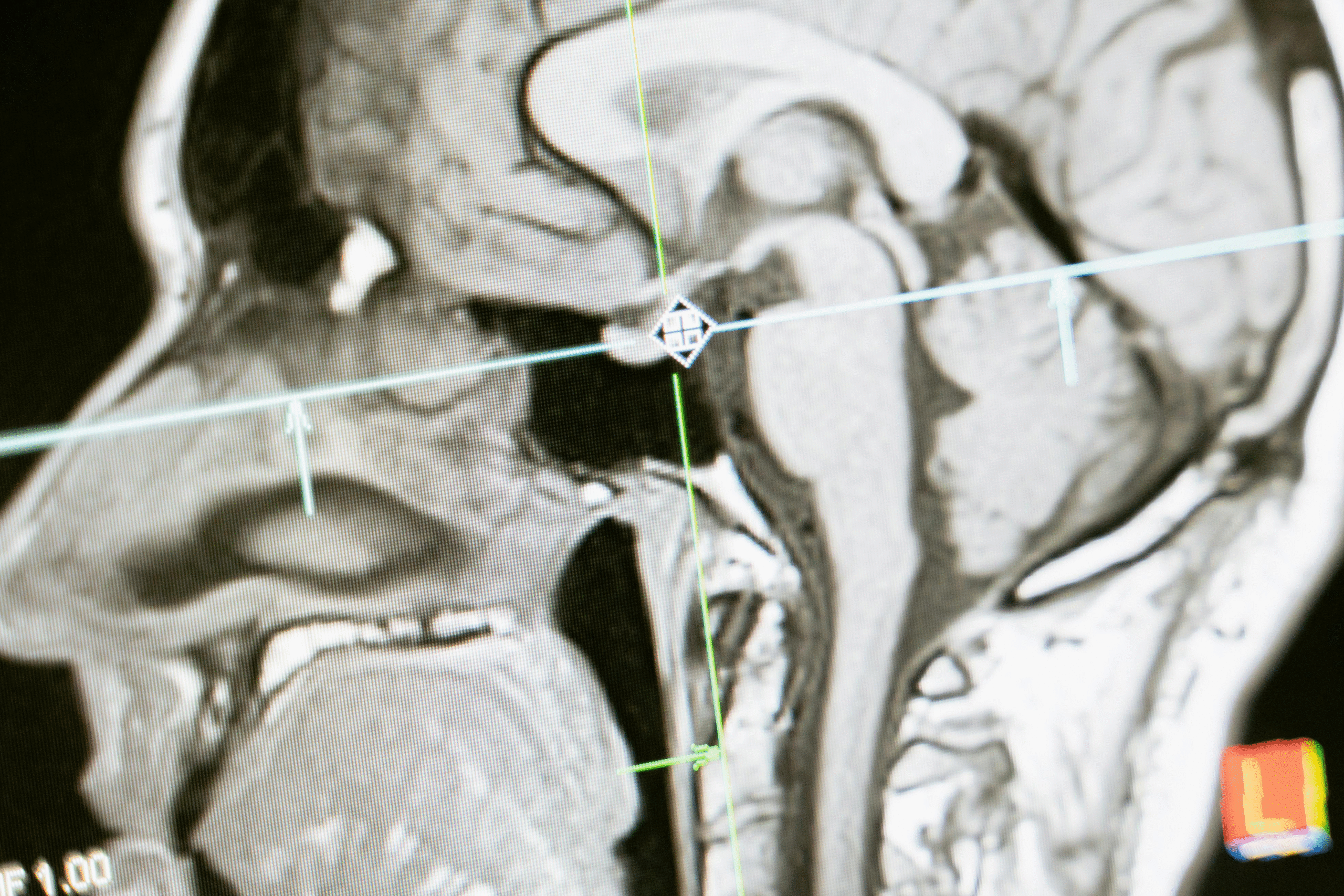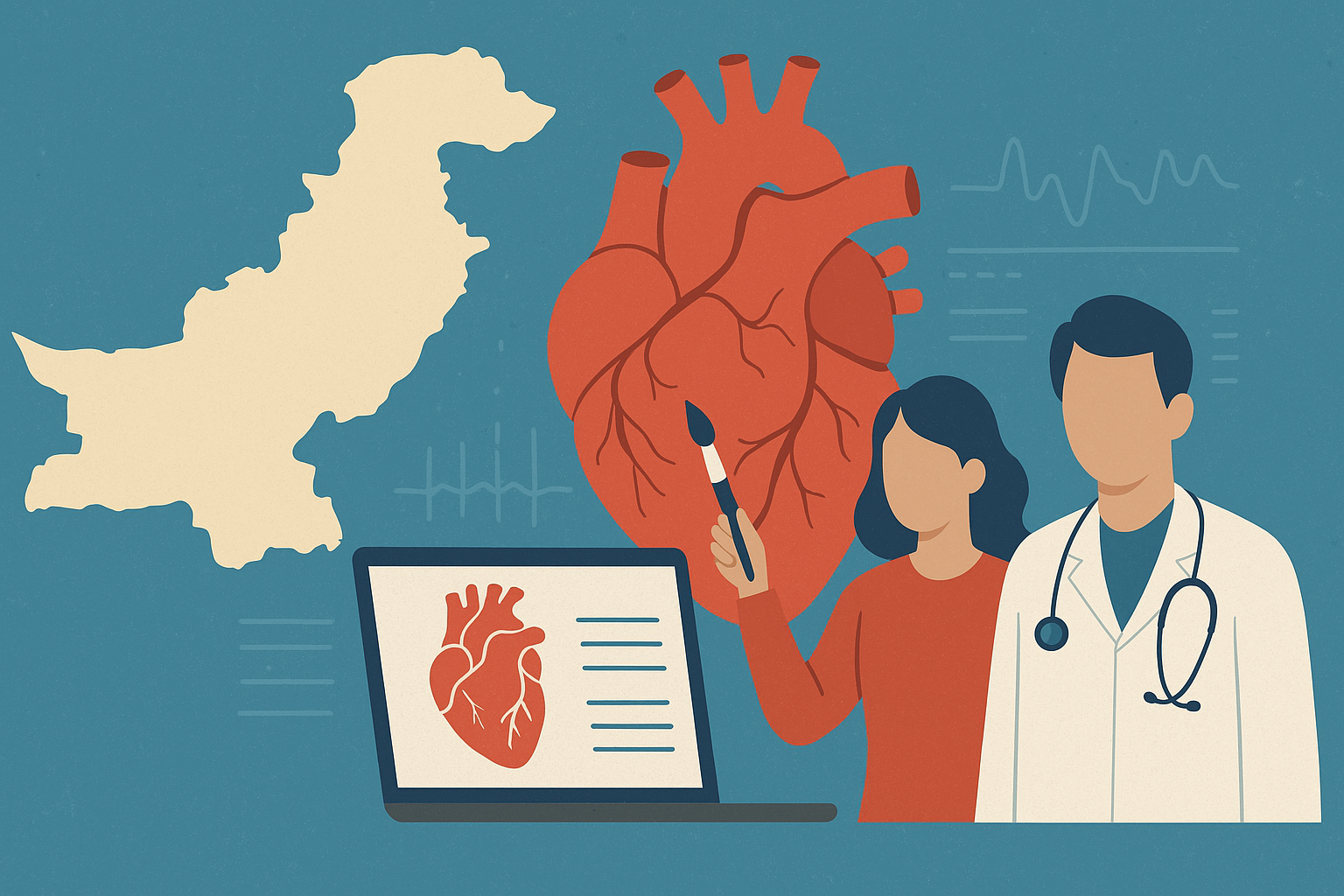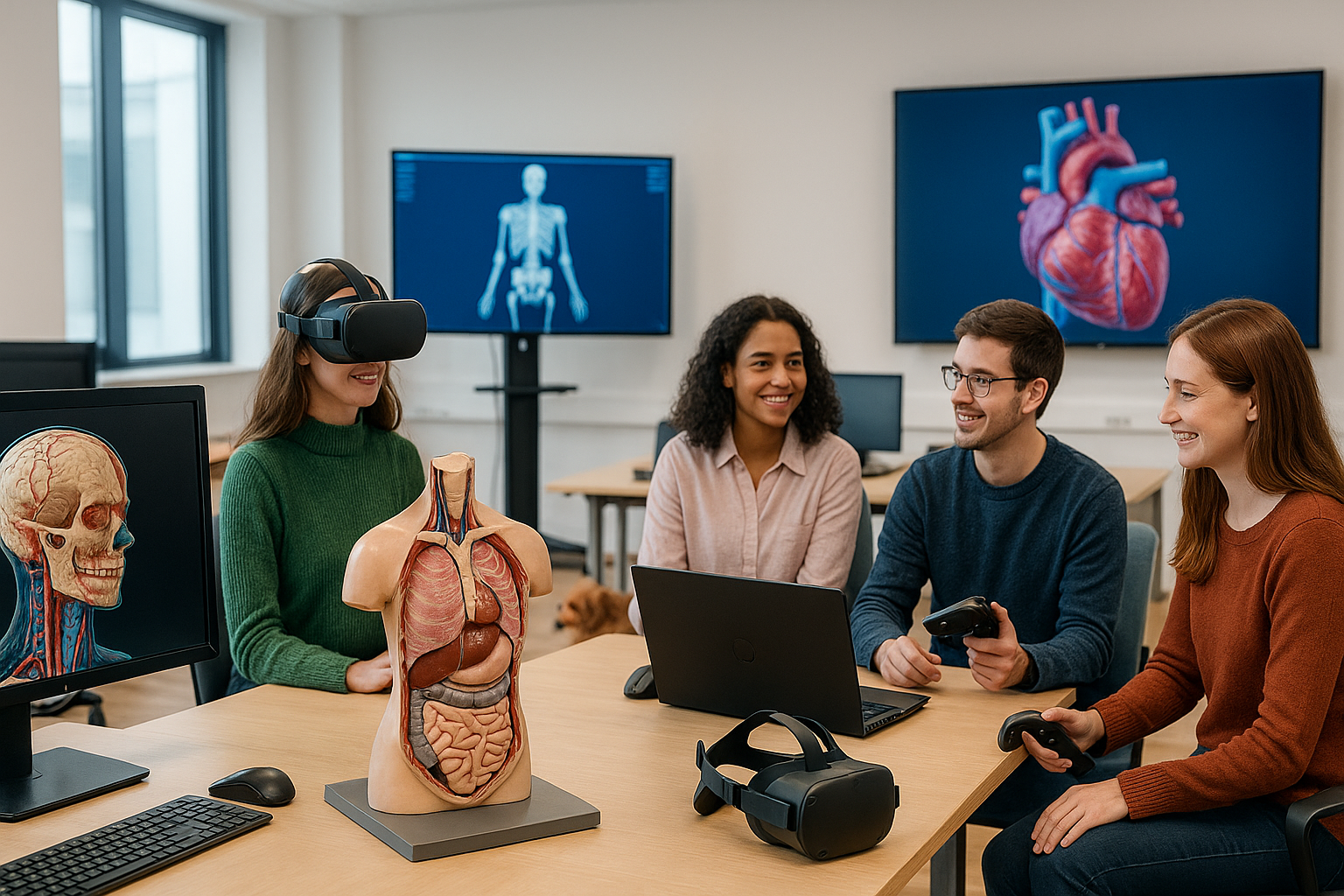Exploring the Power of Medical Visualization (And How I Found It by Accident)
“Medicine is full of stories—Medical Visualization helps us tell them.”
How I Accidentally Found My Dream Field
Like many Pakistanis, I was randomly scrolling through study options abroad (👀 classic) looking for a master’s program—no real plan, just vibes and ambition. I stumbled upon a course at Glasgow University called:
I remember thinking, “Wait… this is a thing?”
It felt like someone took my favorite subjects from school—art and biology—and stitched them together into one degree. I was instantly excited.
At the time, I was studying animation, and while I loved what I was doing creatively, there was always this lingering feeling like something was missing.
Blame it on the desi mindset (you know the one—“If you’re not a doctor, are you even successful?” 😅), but I genuinely missed studying biology.
This discovery felt like the missing piece. A career path where I didn’t have to choose between creativity and science—I could finally do both.
So What Is Medical Visualization?
Medical Visualization (MedVis) is where art, science, and technology meet. It’s all about taking complex medical knowledge and transforming it into clear, understandable visuals—like:
- 3D anatomical models
- Animated surgical procedures
- Educational tools for students and patients
- Scientific illustrations
It’s a bridge between doctors and designers, science and storytelling.
TL;DR: MedVis is the visual language of healthcare.
Why Is MedVis So Important?
Medicine is complicated. A single explanation can involve anatomy, chemistry, and procedures—and most of us (even patients!) just nod along politely.
That’s where visuals come in.
🩺 Doctors use them to explain surgeries or diagnose conditions
📚 Students use them to learn what’s inside the human body
🧬 Researchers use them to present data clearly
💬 Patients finally understand what’s happening to their own bodies
“If a picture is worth a thousand words, a 3D model could be worth a life.”
Benefits of Medical Visualization
1. It Makes the Invisible, Visible
We can now see the insides of the human body in ways that used to be impossible.
2. It Improves Communication
Doctors can explain things better. Patients can make informed choices. No more medical guesswork.
3. It Makes Learning Fun
Anatomy in school felt like memorizing spaghetti. With interactive tools and animations, it finally makes sense.
4. It Brings Fields Together
This isn’t just a science thing. It’s a team effort—artists, coders, medical professionals, educators—all working together.
The Future of MedVis Is Wild (In a Good Way)
Here’s where it’s heading:
- 🤖 AI-generated anatomy models
- 🕶️ VR used to train future surgeons
- 🧠 Brain simulations to study mental health
- 🌍 Apps that make healthcare education global and accessible
The future of medicine isn’t just digital—it’s visual.
Why MedVis Feels Like “Home” for Me
Finding this field showed me that I don’t have to choose between passion and practicality.
I can:
- Create art 🎨
- Explore biology 🧬
- Help people understand their health 🩺
- And build a career that feels true to me 💻
If you’ve ever felt stuck between what you love and what’s expected—you might feel at home in MedVis too.
What This Blog Is About
This space is me learning in public.
Here you’ll find:
- My study notes 📝
- My experiments in 3D and animation 🎨
- Things I’m reading, building, and figuring out 🧠
- And the occasional desi rant (for balance, lol)
Welcome to my MedVis journey—slice by slice.




Leave a Reply